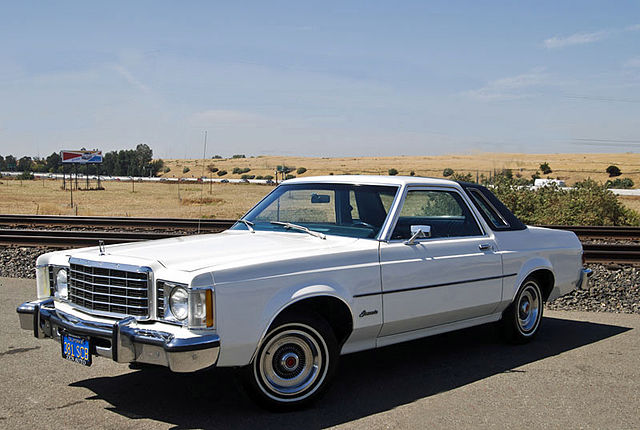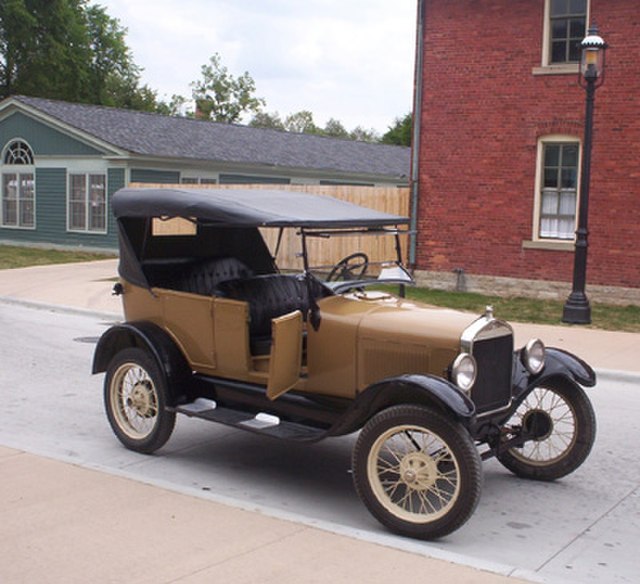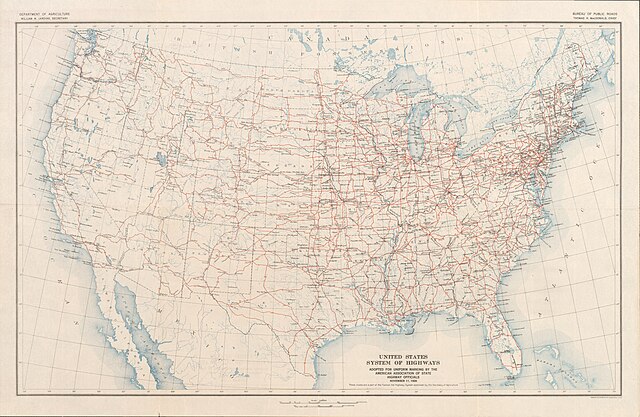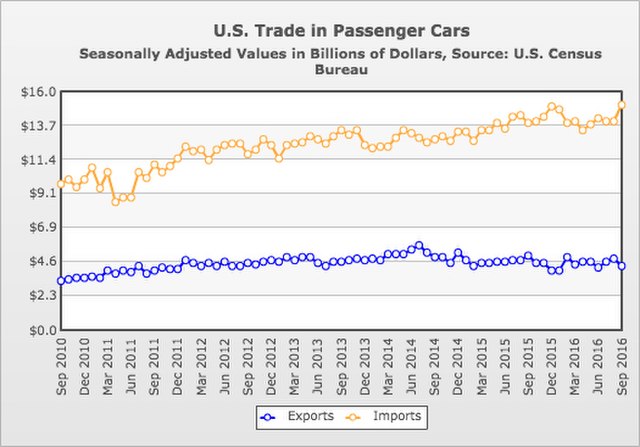In automotive history, the Malaise Era refers to a period from roughly the early 1970s to the early- to mid-1980s, characterized by malaise—poor products and a generalized industry unease—and profound adjustment as the United States automotive industry attempted to adapt to new demands for more fuel-efficient, safe, and environmentally-responsible products.
The term "Malaise Era" was coined in a 2008 review of the 1977 Ford Granada, a common car at the time with many of the era's design and performance hallmarks.
Catalytic Exhaust Converter
Prominent U.S. model bumpers on a 1977 Mercedes-Benz 450SLC
The Ford Mustang II, produced between 1974 and 1978, is sometimes cited as one of many vehicles that embodied the Malaise Era.
Automotive industry in the United States
In the United States, the automotive industry began in the 1890s and, as a result of the size of the domestic market and the use of mass production, rapidly evolved into the largest in the world. The United States was the first country in the world to have a mass market for vehicle production and sales and is a pioneer of the automotive industry and mass market production process. During the 20th century, global competitors emerged, especially in the second half of the century primarily across European and Asian markets, such as Germany, France, Italy, Japan and South Korea.
The U.S. is currently second among the largest manufacturers in the world by volume.
A Ford Model T, built in 1927. Originally released in 1908, it was the first affordable automobile and dominated sales for years.
The "final" U.S. Highway plan as approved November 11, 1926
Image: Imports and exports of passenger cars







